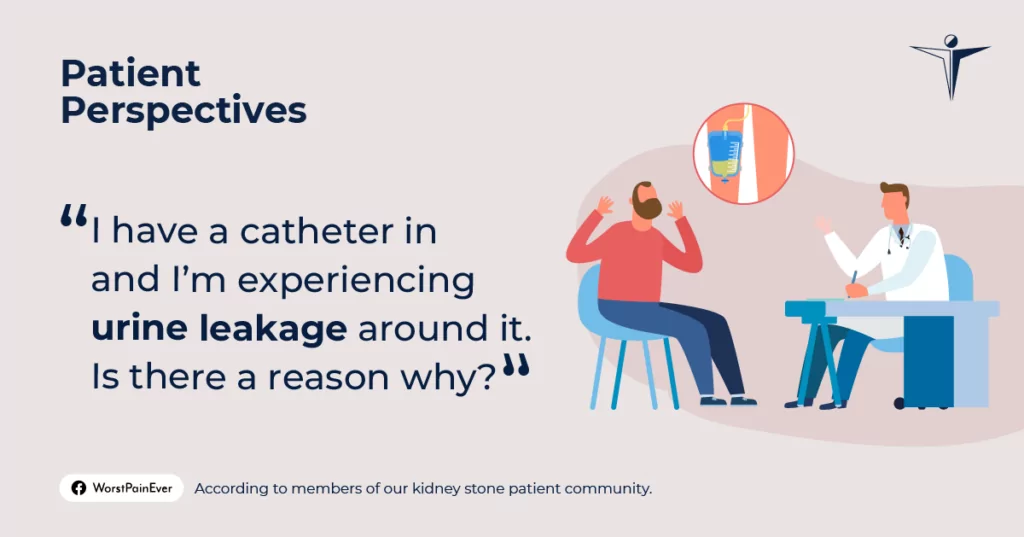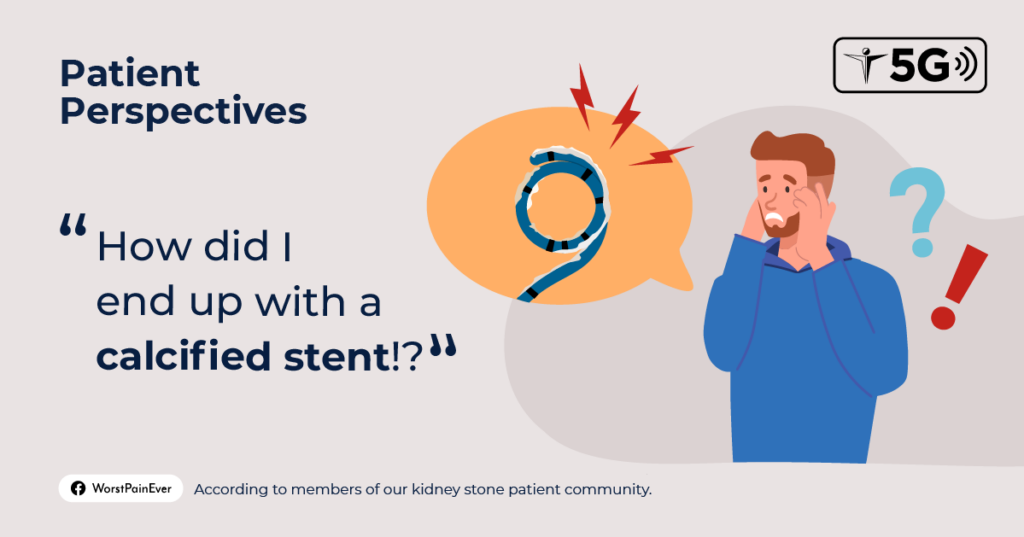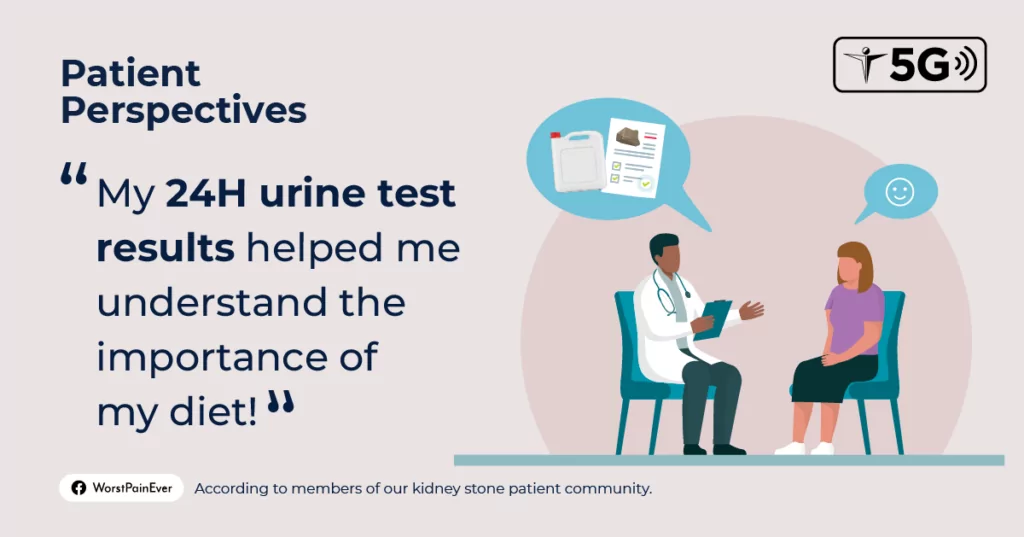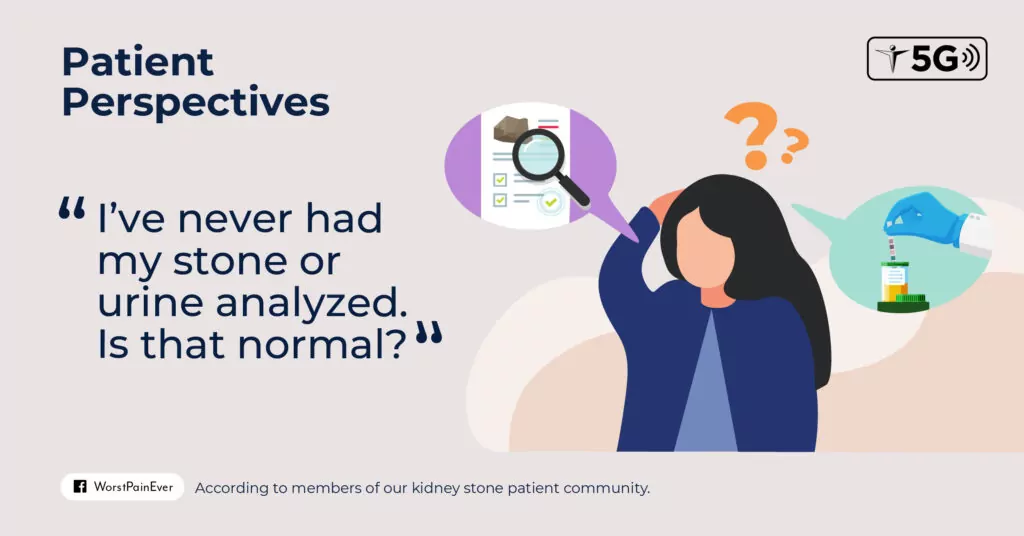Catheter-associated urinary tract infections (CAUTIs) are one of the top causes of infection worldwide. For every additional day a catheter is left in the body, the risk of developing a CAUTI increases by 3% to 7%.
Numerous BPH patients in our “Worst Prostate Ever” community are unaware of CAUTIs, and attribute their pain to the catheter placement. Left untreated, this can put them at risk of developing sepsis and other complications.
Read more here on: How to Prevent Catheter-Associated Urinary Tract Infections: A Reappraisal of Vico’s Theory—Is History Repeating Itself?






